Home>Home Appliances>Home Automation Appliances>What Temperature Should I Set Thermostat When On Vacation
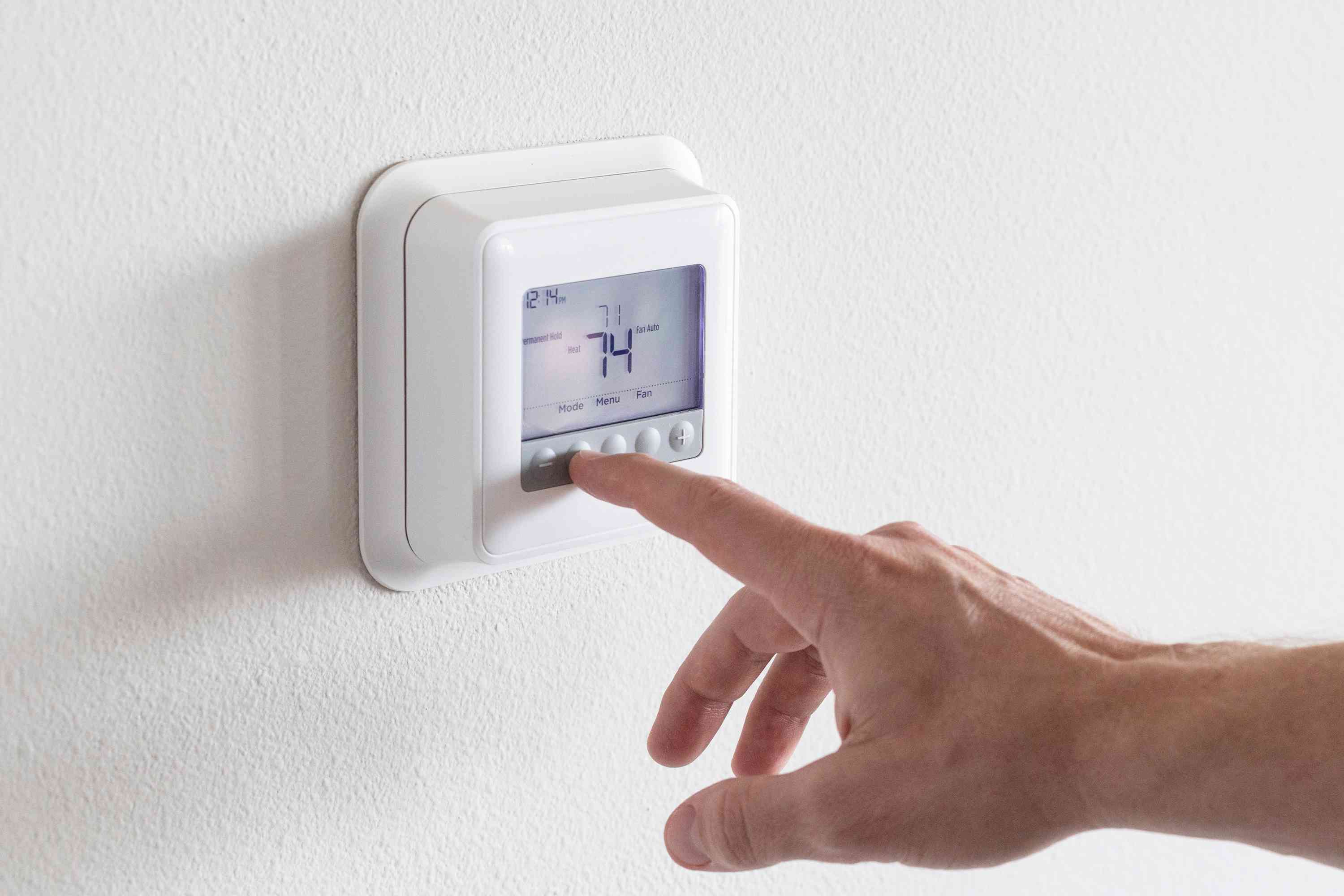

Home Automation Appliances
What Temperature Should I Set Thermostat When On Vacation
Modified: January 4, 2024
Find out the ideal thermostat temperature for your home automation appliances while on vacation. Save energy and keep your home comfortable with these tips.
(Many of the links in this article redirect to a specific reviewed product. Your purchase of these products through affiliate links helps to generate commission for Storables.com, at no extra cost. Learn more)
**
Introduction
**
When embarking on a well-deserved vacation, there are numerous tasks to check off the to-do list before departure. Amidst the hustle and bustle of packing suitcases, securing travel documents, and ensuring the security of your home, one crucial consideration often gets overlooked: the thermostat settings. It's easy to neglect this seemingly mundane aspect, but setting the thermostat to an appropriate temperature before leaving for vacation can yield significant energy savings and prevent potential issues related to temperature fluctuations. In this comprehensive guide, we'll delve into the optimal temperature settings for your home's thermostat while you're away, taking into account various factors and providing valuable tips for maximizing energy efficiency. So, before you jet off to your dream destination, let's ensure that your home's comfort and energy consumption are well taken care of.
**
Key Takeaways:
- Set your thermostat to 85-88°F in summer and 50-55°F in winter for energy savings and home protection during vacations. Consider climate, insulation, and smart thermostats for personalized settings.
- Maximize energy efficiency by sealing air leaks, unplugging devices, adjusting water heater settings, and scheduling HVAC maintenance before vacation. These simple steps save money and reduce environmental impact.
Factors to Consider
**
Before adjusting your thermostat for an extended vacation, it's essential to consider several factors that can influence the ideal temperature setting for your home. Understanding these variables will enable you to make an informed decision that aligns with your specific circumstances. Here are the key factors to take into account:
- Climate: The climate of your location plays a pivotal role in determining the appropriate thermostat setting during your absence. In colder regions, a higher temperature may be necessary to prevent pipes from freezing, while in warmer climates, a lower setting can help conserve energy and minimize the workload on your cooling system.
- Duration of Vacation: The duration of your vacation is a critical factor to consider when adjusting the thermostat. For shorter trips, you may opt for different settings compared to an extended absence. Understanding the impact of temperature fluctuations over varying time frames is essential for maintaining energy efficiency and the well-being of your home.
- Home Insulation: The quality of your home's insulation significantly influences its ability to retain or release heat. Well-insulated homes can maintain stable temperatures for longer periods, allowing for more flexibility in thermostat adjustments. Conversely, poorly insulated properties may require more conservative temperature settings to prevent drastic fluctuations.
- Household Items and Materials: Certain household items and materials are sensitive to temperature changes. For instance, wooden furniture, musical instruments, and delicate electronics can be adversely affected by extreme heat or cold. Considering the impact of temperature on these items is crucial when determining the ideal thermostat settings for your vacation.
- Energy Costs: Balancing energy savings with the need to maintain a suitable environment in your absence is essential. Understanding the cost implications of thermostat adjustments can guide your decision-making process, ensuring that you achieve a balance between energy efficiency and the preservation of your home's condition.
By carefully evaluating these factors, you can tailor your thermostat settings to suit your specific requirements, promoting energy efficiency and safeguarding your property while you enjoy a worry-free vacation.
**
Recommended Temperature Settings
**
Setting the thermostat to the appropriate temperature before embarking on a vacation is crucial for maintaining energy efficiency and preserving the comfort and condition of your home. While the ideal temperature can vary based on individual preferences and specific circumstances, there are general recommendations to consider when adjusting your thermostat for an extended absence.
For summer vacations, it is advisable to set the thermostat to a higher temperature to conserve energy while preventing the indoor environment from becoming excessively hot. A recommended range is between 85°F (29°C) and 88°F (31°C). This setting allows for energy savings without compromising the integrity of your home or subjecting your belongings to extreme heat.
Conversely, when preparing for a winter getaway, setting the thermostat to a lower temperature can help prevent energy wastage while safeguarding your property from freezing temperatures. A range of 50°F (10°C) to 55°F (13°C) is generally recommended to maintain a balance between energy efficiency and the prevention of cold-related issues, such as frozen pipes or excessive strain on heating systems.
It’s important to note that these recommended temperature settings serve as a starting point, and adjustments may be necessary based on factors such as climate, insulation quality, and the sensitivity of household items to temperature fluctuations. By considering these variables and tailoring the thermostat settings to your specific needs, you can optimize energy usage and ensure the well-being of your home during your absence.
Additionally, investing in a programmable or smart thermostat can enhance the management of temperature settings, allowing for automated adjustments based on predefined schedules or remote control via a smartphone app. This technology offers convenience and precision, enabling you to fine-tune the temperature settings according to your vacation plans and the unique characteristics of your home.
By adhering to these recommended temperature settings and leveraging advanced thermostat capabilities, you can embark on your vacation with confidence, knowing that your home is being efficiently and effectively managed in your absence.
**
Set your thermostat to 85°F in the summer and 50°F in the winter when on vacation. This will help save energy and prevent any extreme temperature changes in your home.
Tips for Energy Savings
**
Maximizing energy efficiency while maintaining the desired temperature in your home during a vacation requires strategic planning and the implementation of effective energy-saving measures. By incorporating the following tips, you can optimize energy usage, reduce utility costs, and minimize environmental impact:
- Utilize Programmable Thermostats: Investing in a programmable or smart thermostat empowers you to schedule temperature adjustments based on your vacation itinerary. By programming the thermostat to raise the temperature in summer or lower it in winter during your absence, you can achieve substantial energy savings without compromising comfort upon your return.
- Seal Air Leaks: Addressing air leaks and drafts in your home can significantly enhance energy efficiency. Inspect windows, doors, and other potential entry points for air infiltration, and apply weather-stripping or caulking as needed to create a more airtight environment. This helps maintain stable indoor temperatures and reduces the workload on your heating or cooling system.
- Unplug Non-Essential Devices: Before leaving for vacation, unplug non-essential electronic devices and appliances to prevent standby power consumption. Items such as chargers, entertainment systems, and kitchen gadgets can contribute to phantom energy usage, which can be mitigated by disconnecting them from power sources.
- Adjust Water Heater Settings: Lowering the temperature setting on your water heater can yield energy savings while ensuring that hot water is still available for occasional use. Consult the manufacturer’s guidelines to determine the appropriate temperature for energy-efficient operation, taking into account the potential for reduced hot water demand during your absence.
- Utilize Natural Ventilation: In moderate climates, natural ventilation can be leveraged to regulate indoor temperatures without relying solely on mechanical cooling or heating. Before departing for vacation, strategically open windows and utilize ceiling fans to promote airflow and create a comfortable environment, reducing the need for continuous air conditioning.
- Schedule HVAC Maintenance: Prior to your vacation, schedule routine maintenance for your heating, ventilation, and air conditioning (HVAC) system. Professional servicing ensures optimal performance, identifies potential issues, and enhances energy efficiency, contributing to long-term cost savings and the reliable operation of your HVAC equipment.
By implementing these energy-saving tips and integrating them into your pre-vacation preparations, you can minimize energy consumption, lower utility expenses, and contribute to a more sustainable and eco-friendly approach to home management. These measures not only benefit your finances but also promote environmental stewardship, aligning with the broader goal of responsible energy usage.
**
Conclusion
**
As you prepare for a well-deserved vacation, the conscientious management of your home’s thermostat settings is a pivotal aspect of ensuring energy efficiency, cost savings, and the preservation of your property’s condition. By considering the diverse factors that influence thermostat adjustments, adhering to recommended temperature settings, and implementing energy-saving strategies, you can embark on your vacation with peace of mind, knowing that your home is being responsibly managed in your absence.
It’s essential to recognize that the optimal thermostat settings may vary based on individual circumstances, such as climate, insulation quality, and the duration of your vacation. Therefore, taking a tailored approach that aligns with your specific needs and property characteristics is crucial for achieving the desired balance between energy conservation and environmental comfort.
Moreover, the adoption of advanced thermostat technologies, such as programmable or smart thermostats, presents an opportunity to enhance the precision and convenience of temperature management, further optimizing energy usage and contributing to a seamless vacation experience. By leveraging these innovative tools, you can customize temperature schedules, remotely monitor and adjust settings, and maximize the efficiency of your heating and cooling systems.
As you implement these recommendations and integrate energy-saving practices into your pre-vacation preparations, you not only benefit from reduced utility expenses and environmental impact but also contribute to the sustainable management of your home. The collective impact of conscientious energy usage extends beyond individual households, fostering a culture of responsible resource stewardship and environmental awareness.
In conclusion, by prioritizing thoughtful thermostat adjustments, embracing energy-saving measures, and leveraging advanced technologies, you can optimize energy efficiency, minimize costs, and safeguard your home while you indulge in a well-deserved vacation. With these considerations in place, you can confidently set off on your travels, knowing that your home is in capable hands, both in terms of energy management and environmental responsibility.
Frequently Asked Questions about What Temperature Should I Set Thermostat When On Vacation
Was this page helpful?
At Storables.com, we guarantee accurate and reliable information. Our content, validated by Expert Board Contributors, is crafted following stringent Editorial Policies. We're committed to providing you with well-researched, expert-backed insights for all your informational needs.
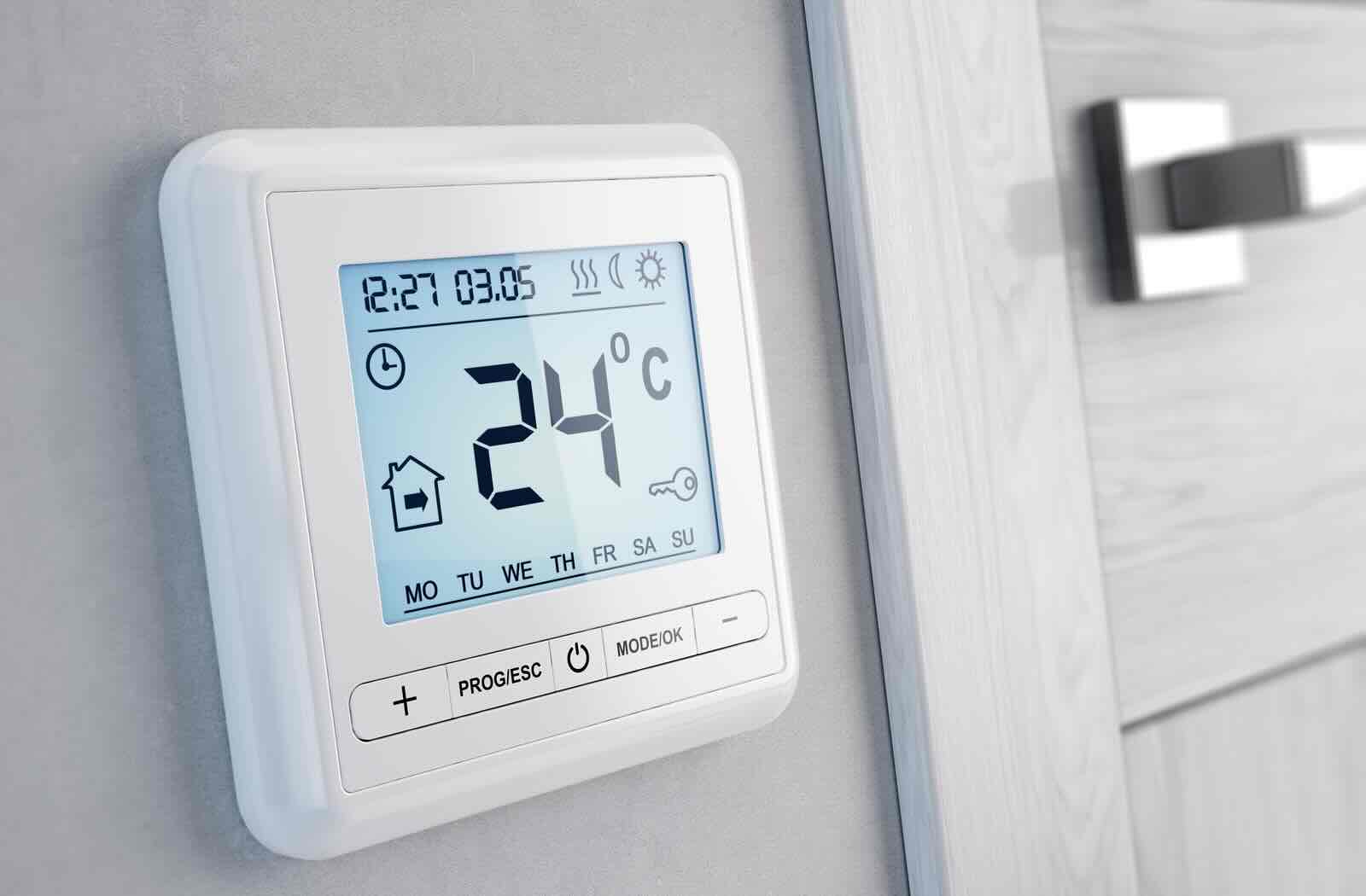
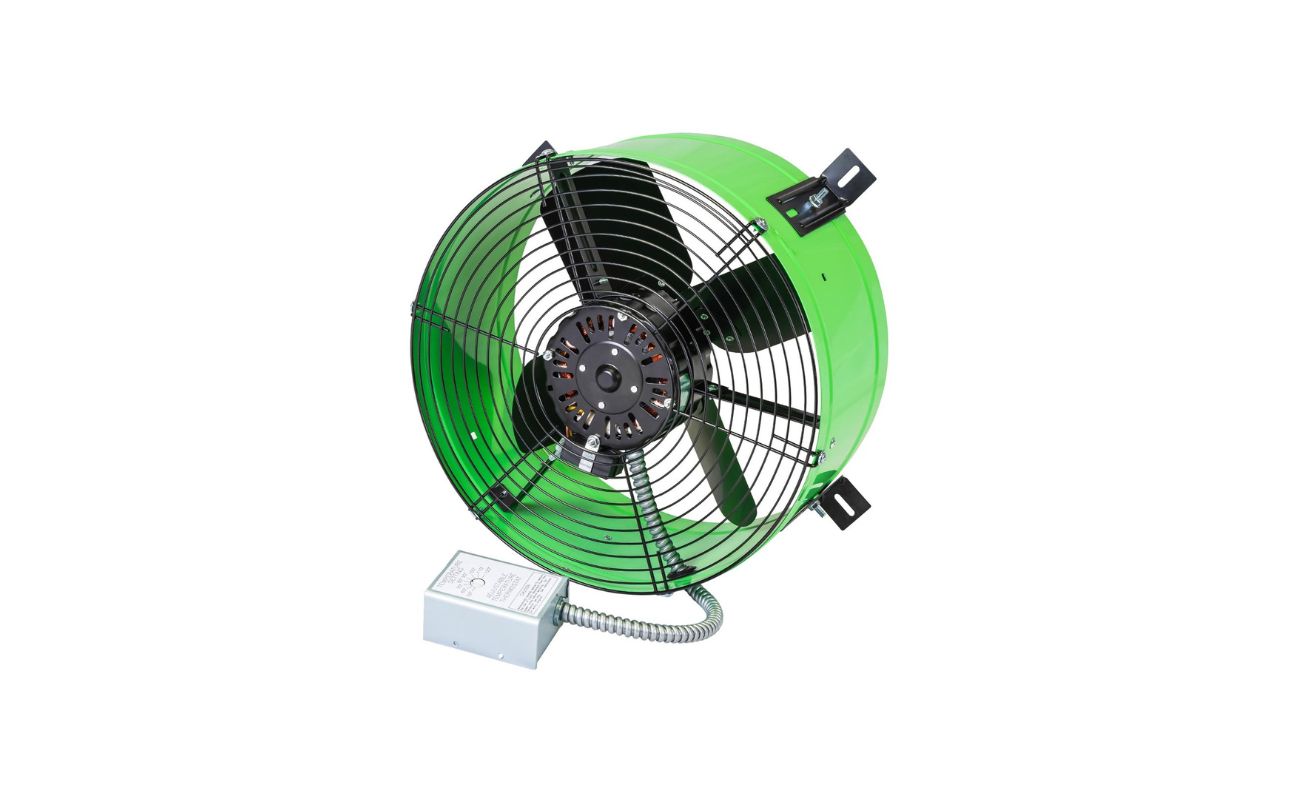
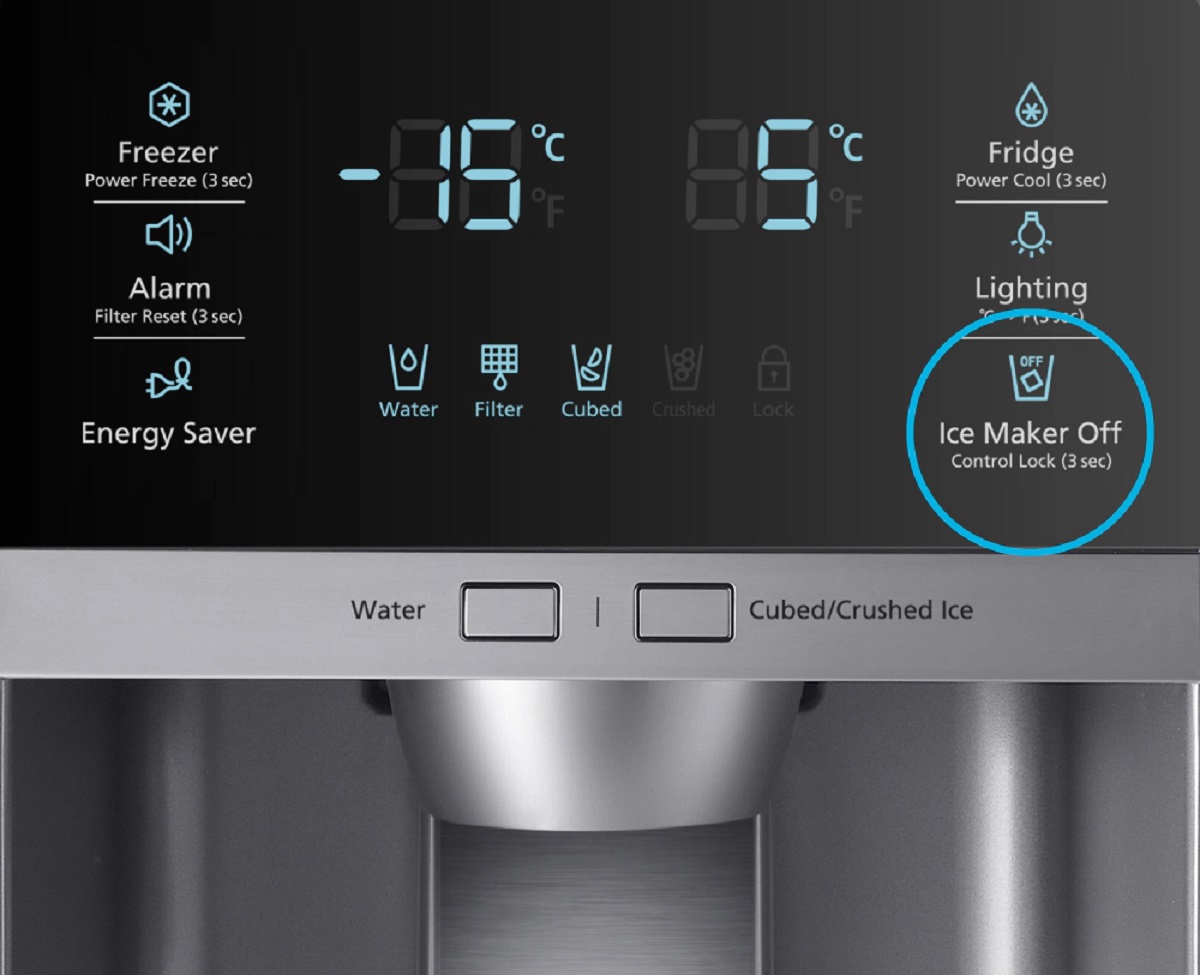

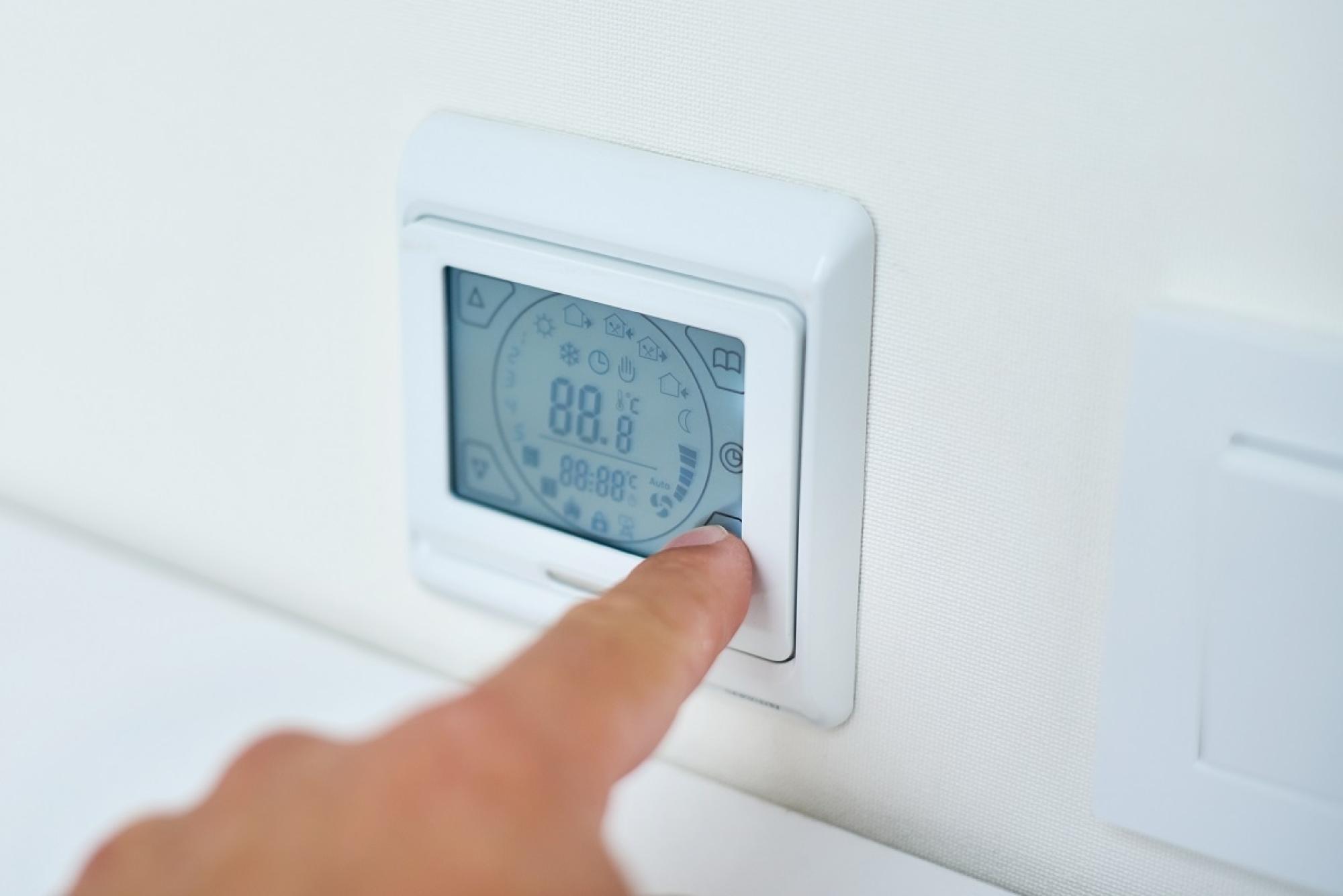
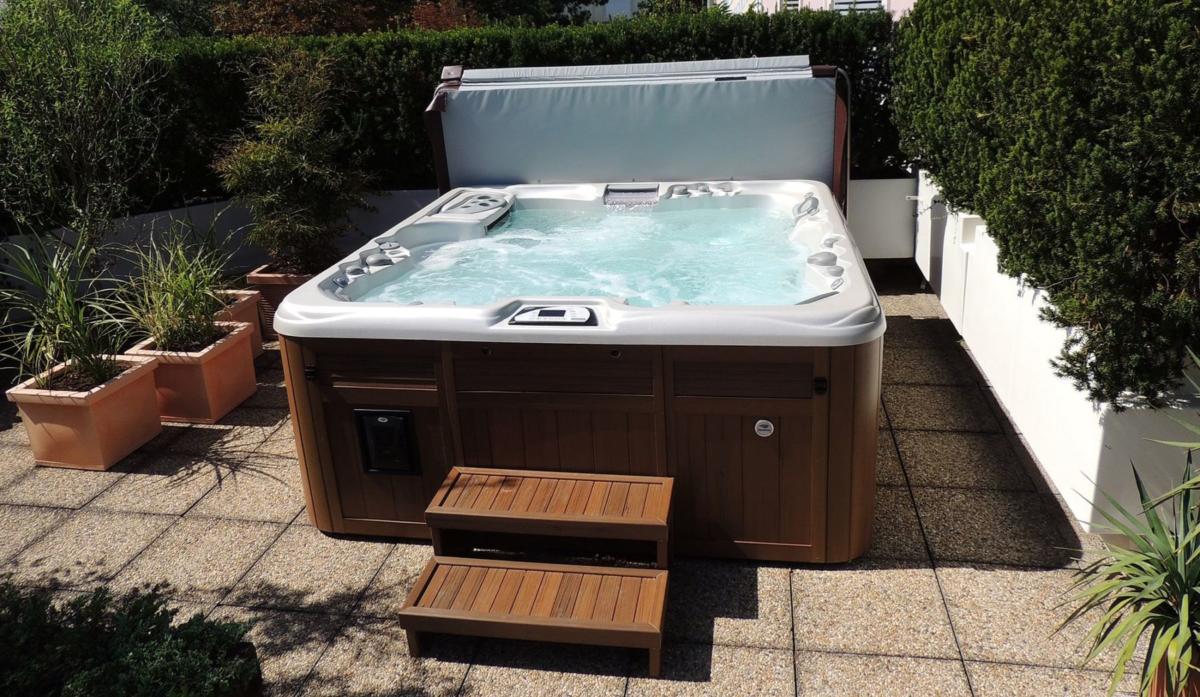

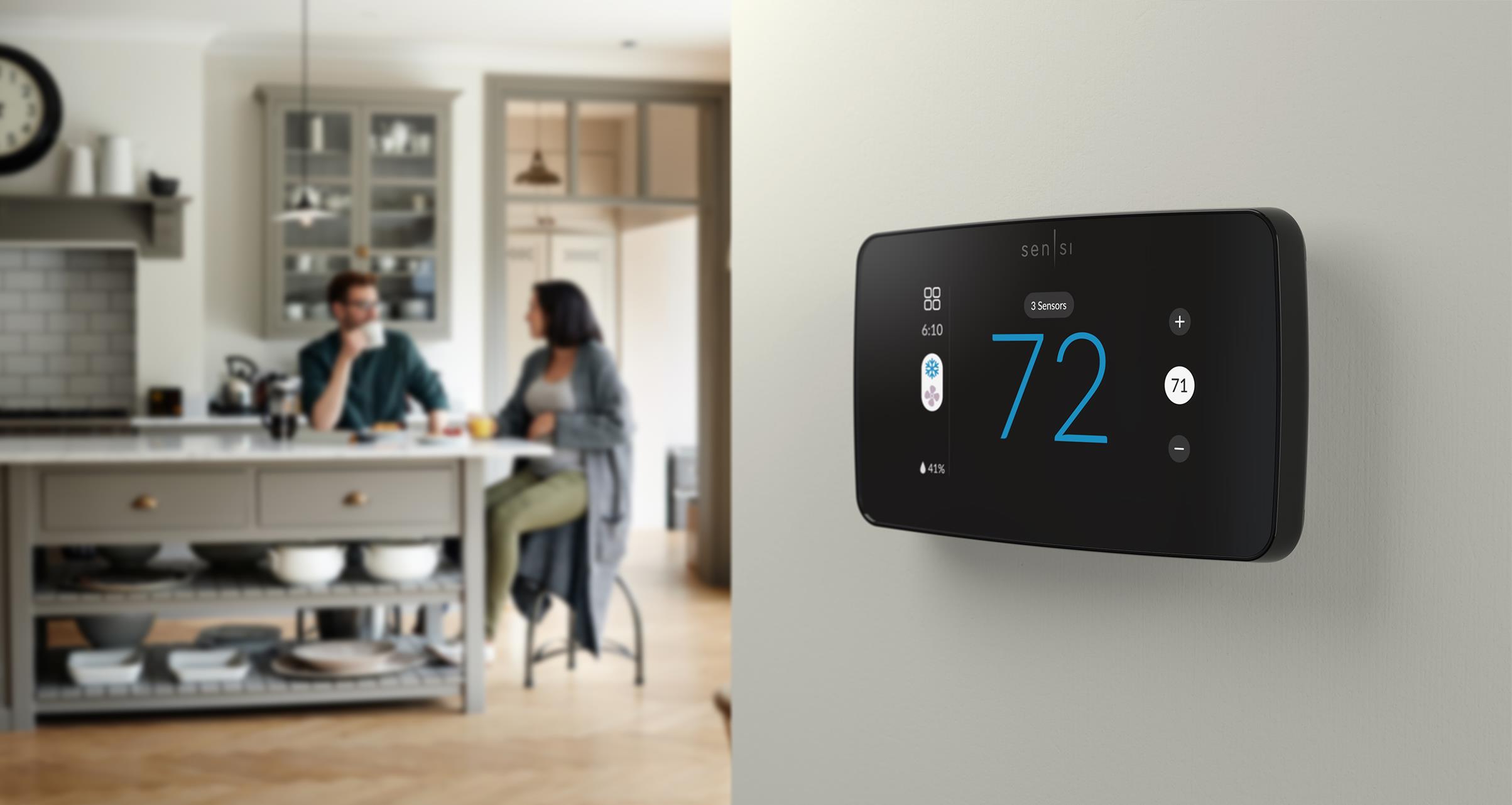
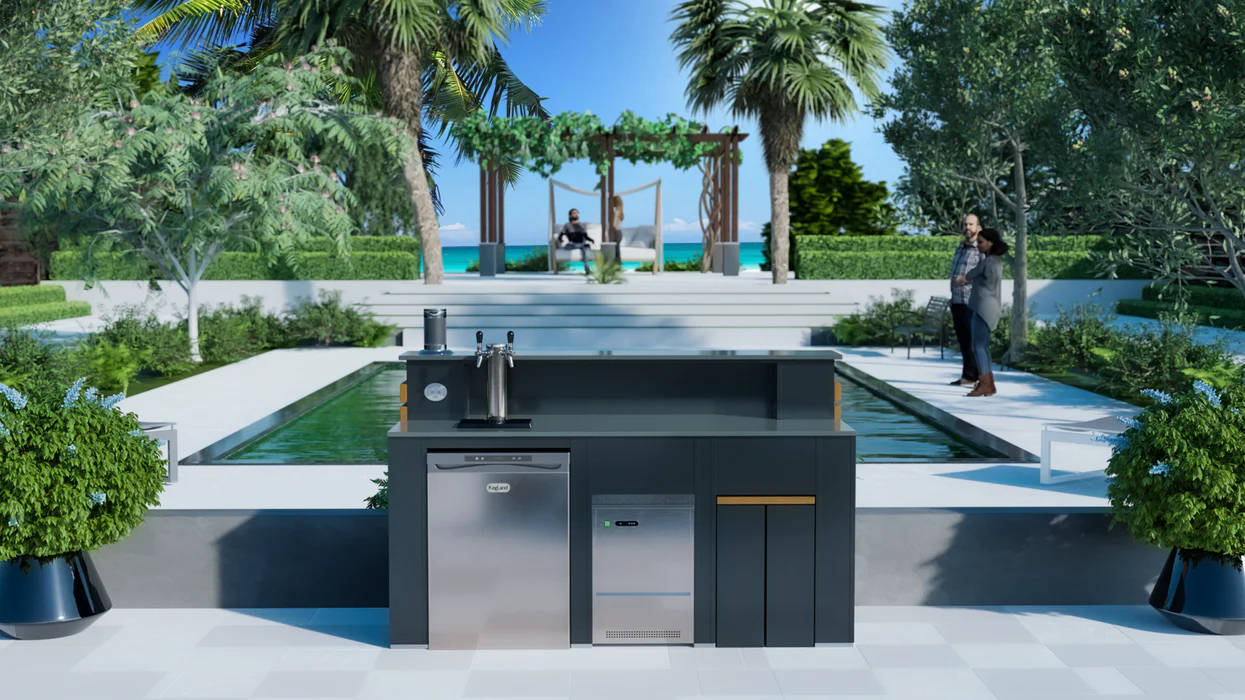
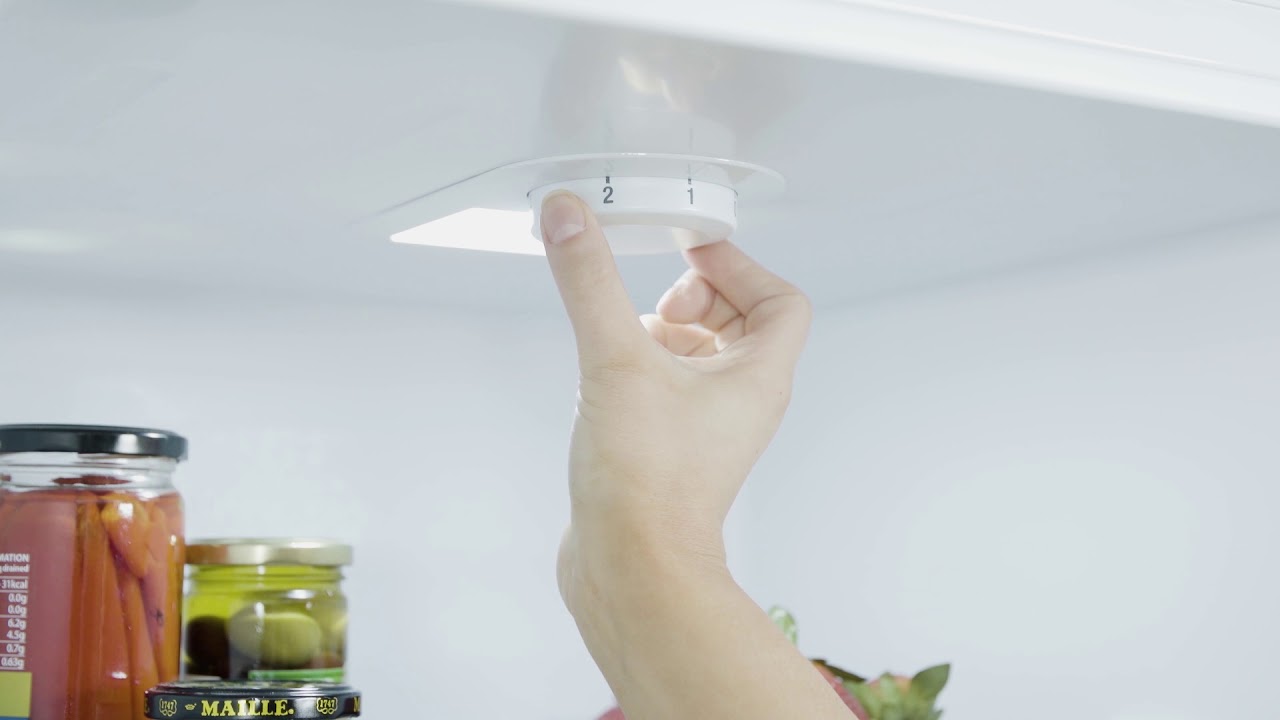
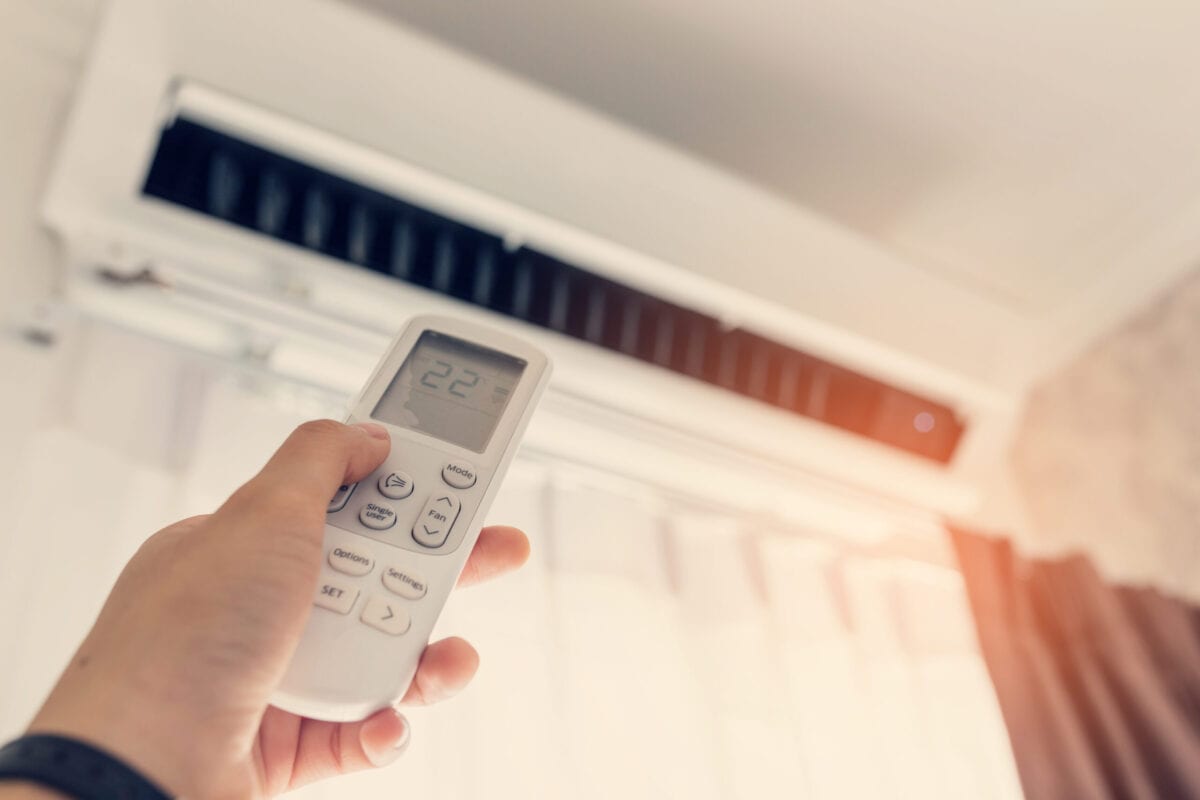
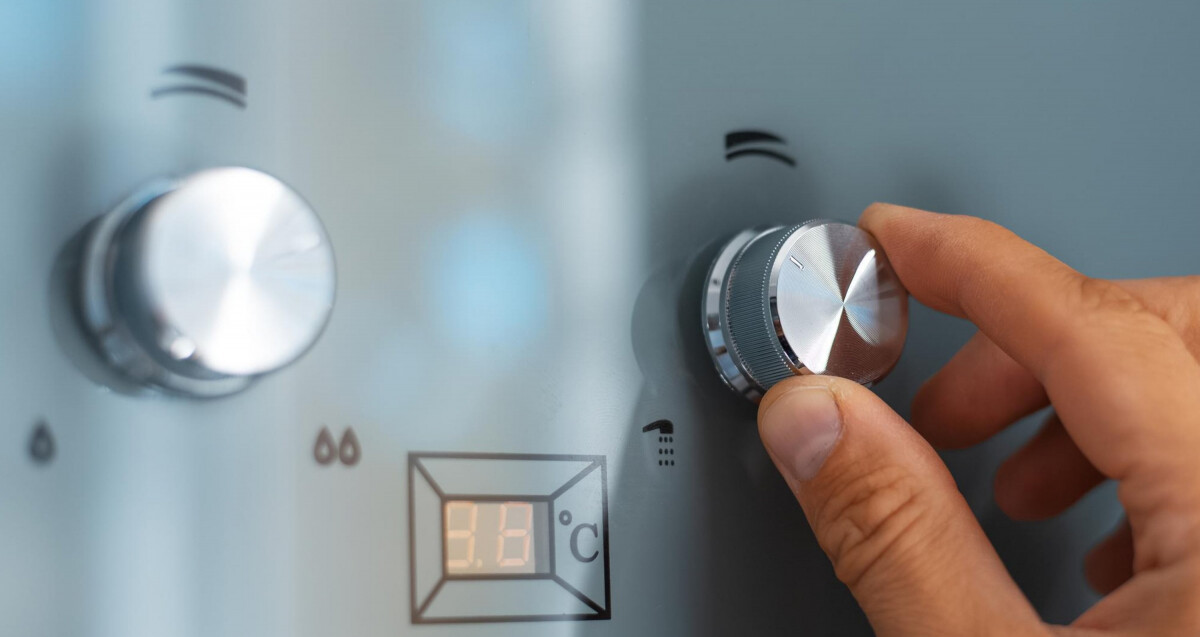

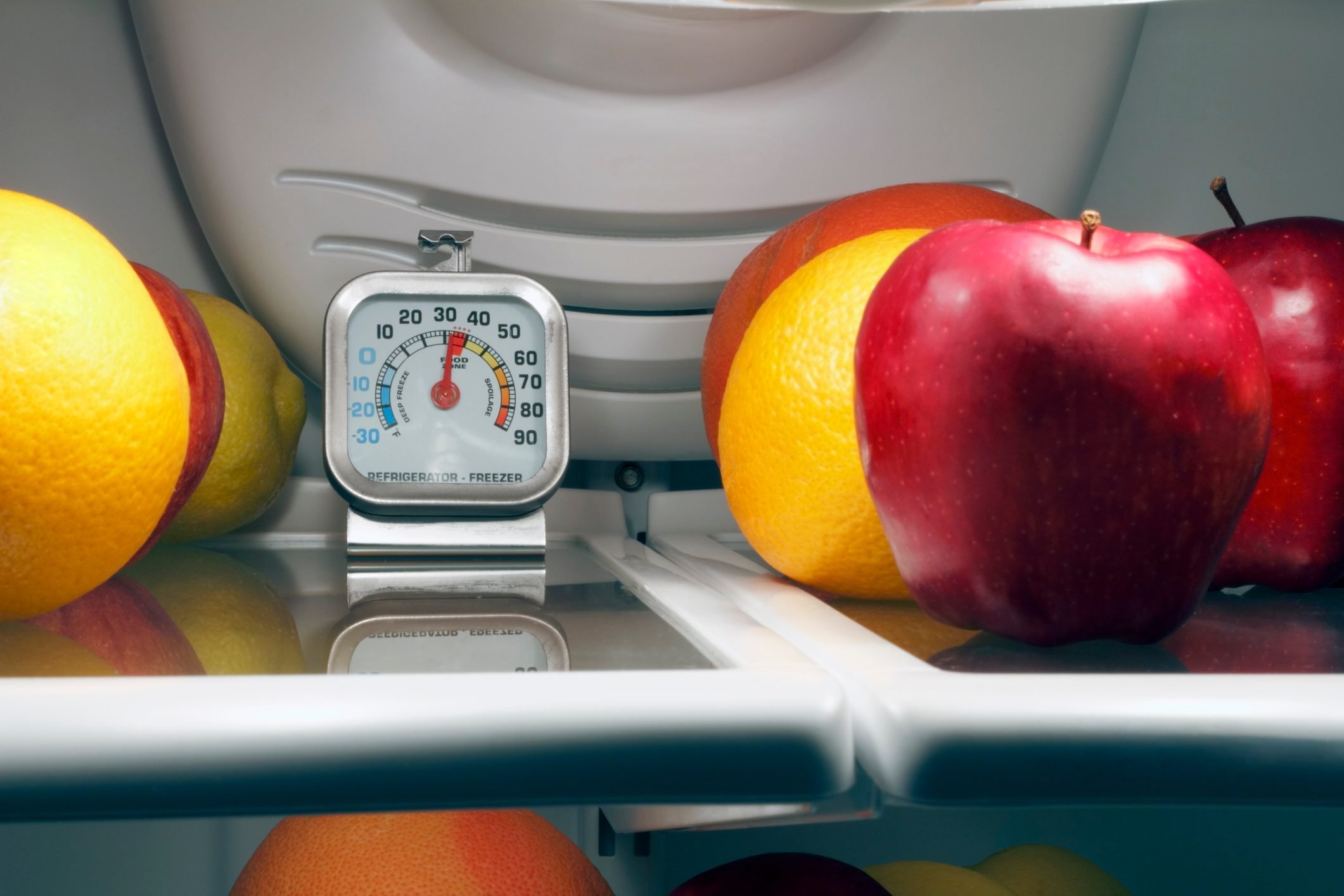
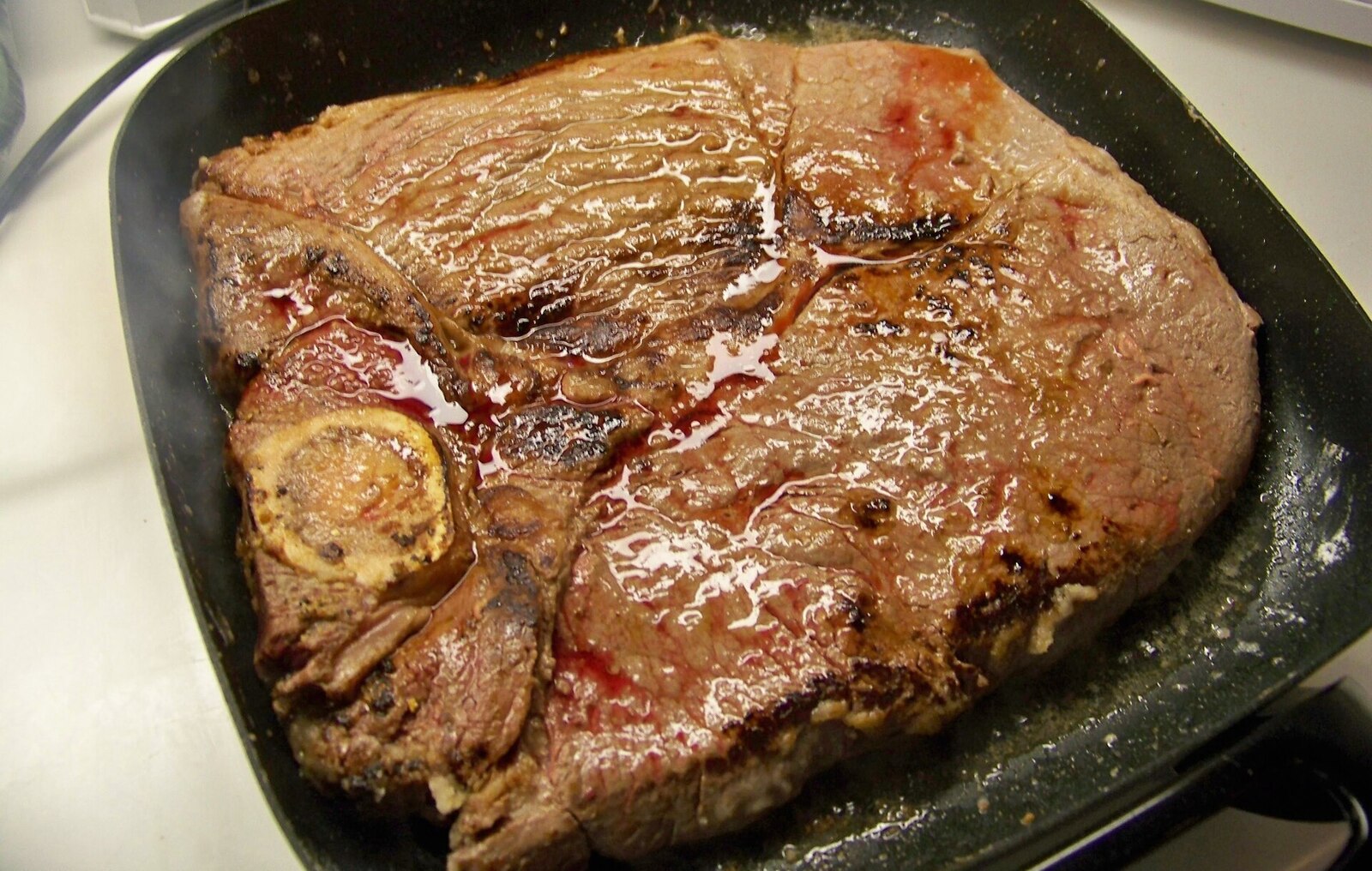

0 thoughts on “What Temperature Should I Set Thermostat When On Vacation”